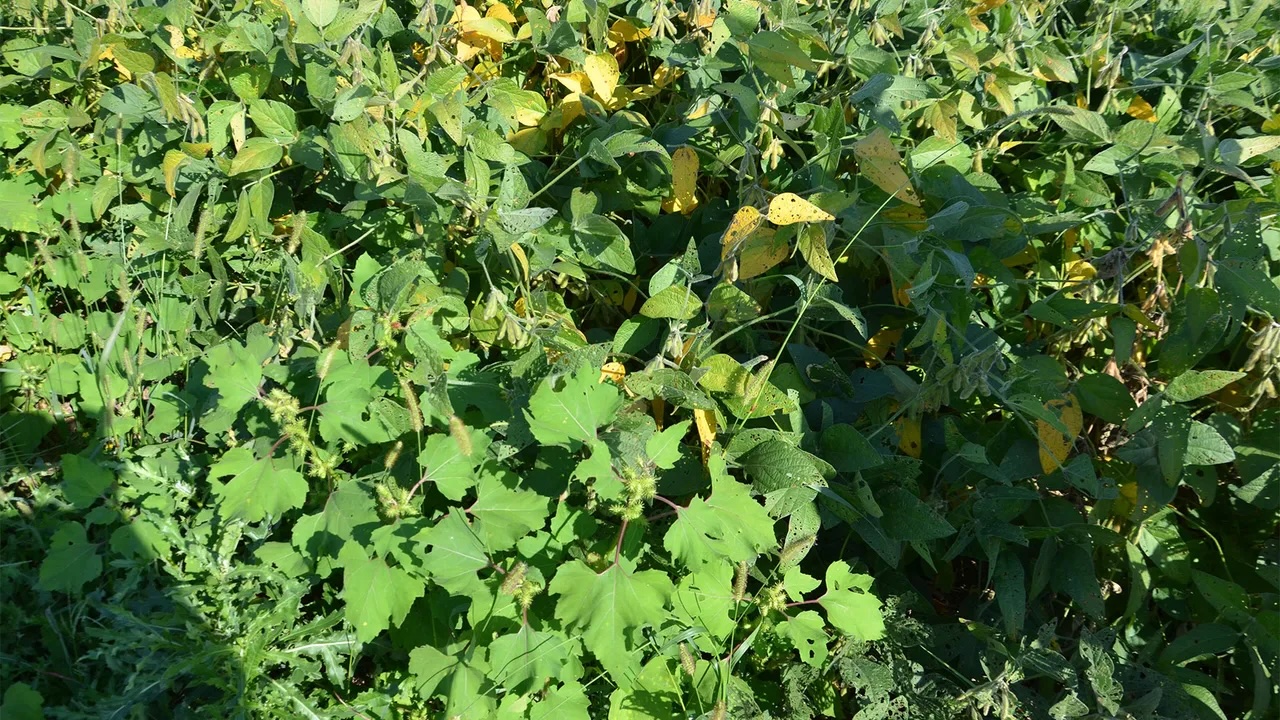Test new crop products before going ‘whole hog’

Corn Corner: CCAs suggest trying new products by testing them out first.
Dec 27, 2022
Some products are supposed to supply part of the crop’s nitrogen needs through biocontrols. A salesman says I could cut N by 40 pounds to 150 total pounds of commercial N per acre. Can I trust that? Is it worth the risk?
The Indiana certified crop advisor panel answering this question includes Danny Greene, agronomist with Greene Crop Consulting Inc., Franklin, Ind.; Marty Park, sales agronomist with Gutwein Seed Services, Rensselaer, Ind.; Jesse Uebelhor, agronomist with Superior Ag, Jasper, Ind.; and Dan Quinn, Purdue Extension corn specialist.
Greene: I would not trust a product I hadn’t tested to replace 40 units of N. “Someone else’s” experience isn’t worth the risk on “your” farm. Test it, or stick with what you know works. That’s not to say a product doesn’t live up to its claim. But until you test, why take the risk?
Most farmers apply some level of “insurance” nitrogen applications. When weather conditions cause nitrogen loss, crop deficiency suggests more N might have helped. However, in many seasons, N rates could be dropped 40 to 80 pounds without an extra product and no yield decline would occur. We’ve seen the most profitable application rate range from under 100 pounds to over 240 pounds in trials, depending on the year.
So, test nitrogen rates every year with and without product. Have an impartial party analyze results. Better yet, have some area farmers conduct the same test.
Park: Applying the proper rate of nitrogen is key. Coming up short could be very costly when 2023 corn is $6. Many environmental factors play into nitrogen availability, loss and efficiency. They vary year by year. Compare cost of product vs. cost of 40 pounds of nitrogen when you evaluate risk and reward. Be very cautious about doing this on large acres without multiple-year proof on your farm. Run side-by-side trials to see if there is enough potential savings.
Uebelhor: We will find products that help increase N efficiency down the road. When nitrogen price pushes higher, it’s tempting to chase these products. We haven’t seen any reason to cut 40 units of nitrogen per acre in our trials. A bushel of corn takes from 0.9 to 1.1 pounds of nitrogen. If you cut 40 pounds, you potentially cut yield by 40 bushels. We see most of these products working on the last 40 pounds you apply. A drier year or a year when nitrogen loss is minimal may favor some biologicals.
I’m not willing to bet my farm on this, but keep trying products. Use management practices and products that protect or increase efficiency. This includes split applications or using products to protect from above- and below-ground nitrogen loss. Many of these products have sound research and data that will allow you to make good agronomic decisions.
Quinn: Ask the salesman: Is there yield data and proof from independent, nonbiased sources that N rate can be cut 40 pounds per acre? Biological products are often very complicated and provide extremely variable results. When researched properly, they often don’t provide benefits claimed.
It’s very difficult to quantify how these biological products perform across various environments in coherence with existing soil microbial communities. Test the product within your own field before cutting N rate everywhere. A simple assessment of strips with and without product at different N rates can assess yield and economic benefits.













